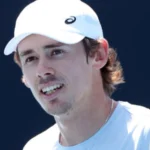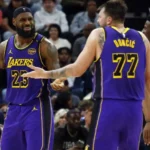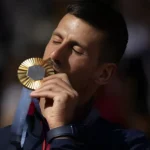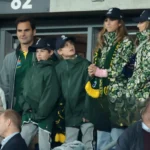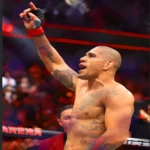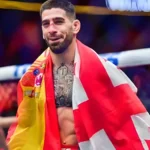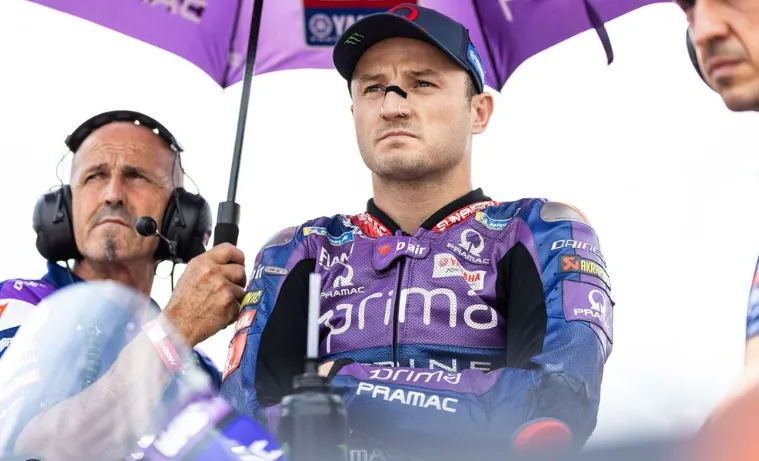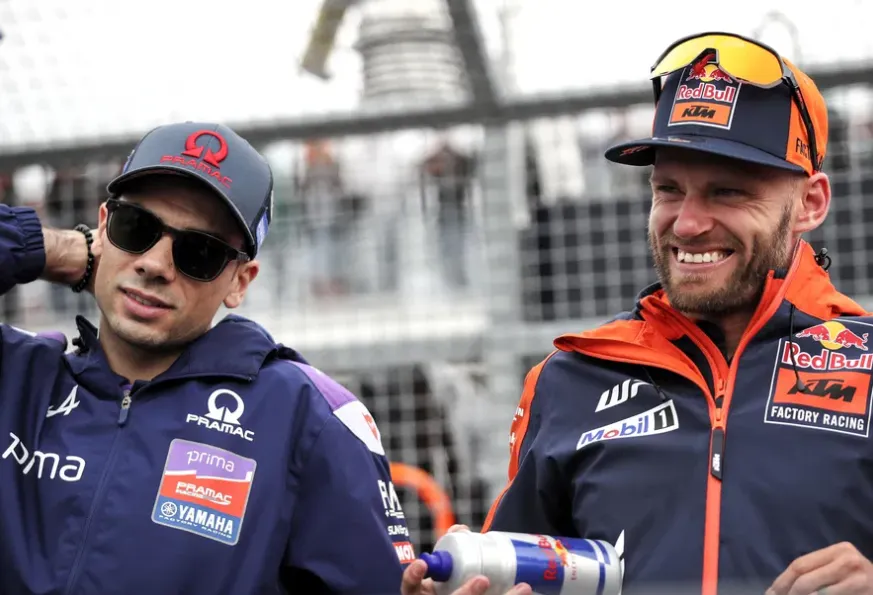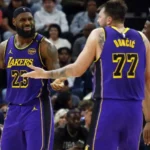
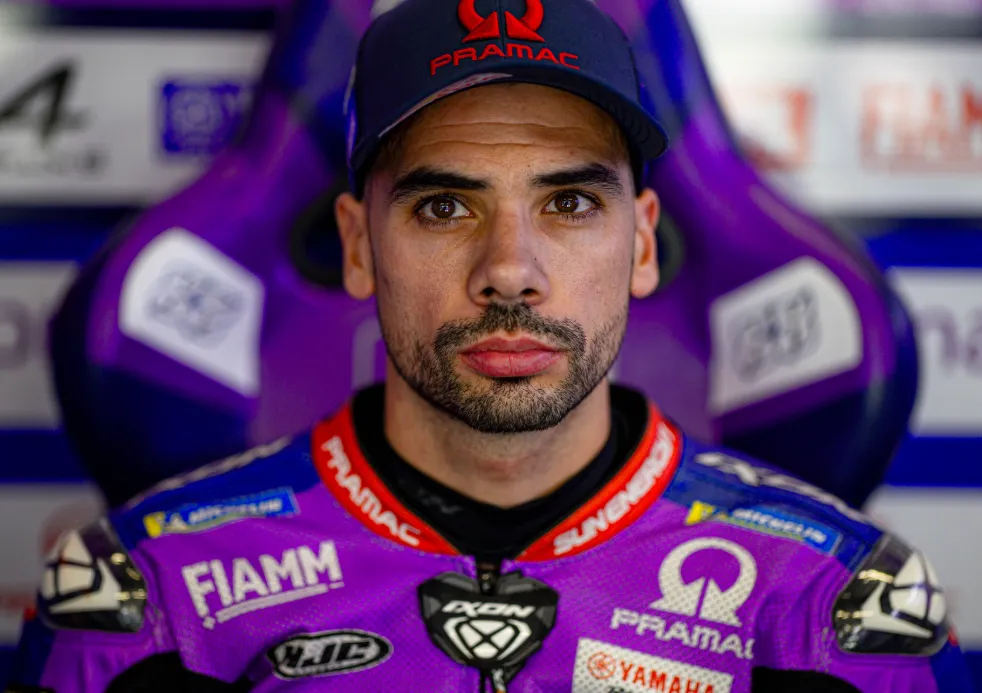
Why Oliveira Felt Like the ‘Weakest Link’ — Behind Yamaha’s Team Decision
In the high-pressure world of MotoGP, perception can be as important as performance. Riders are judged on results, not effort, and often the unseen contributions that keep a project alive go unnoticed. That has been the harsh reality for Miguel Oliveira in 2025. The Portuguese rider, once hailed as a trailblazer and race winner, openly admitted that he felt like the “weakest link” in Yamaha’s ambitious new era. With Yamaha’s 2026 line-up already confirmed without him, his admission looks less like insecurity and more like an accurate reading of the situation.
Yamaha’s Gamble on a New Direction
The start of the 2025 season was supposed to mark the rebirth of Yamaha in MotoGP. After years of frustration with their inline-four philosophy, the Japanese manufacturer made the bold decision to launch a new V4 engine project. This was not just an engineering change but a complete restructuring of Yamaha’s approach. To give themselves more data and more riders, they convinced Pramac Racing to abandon Ducati and become their satellite squad.
This move was huge. Pramac had been one of Ducati’s strongest partners and had delivered Jorge Martin to the 2023 MotoGP crown. By bringing Pramac under the Yamaha banner, the manufacturer hoped to accelerate development and catch up with rivals like Ducati, KTM, and Aprilia.
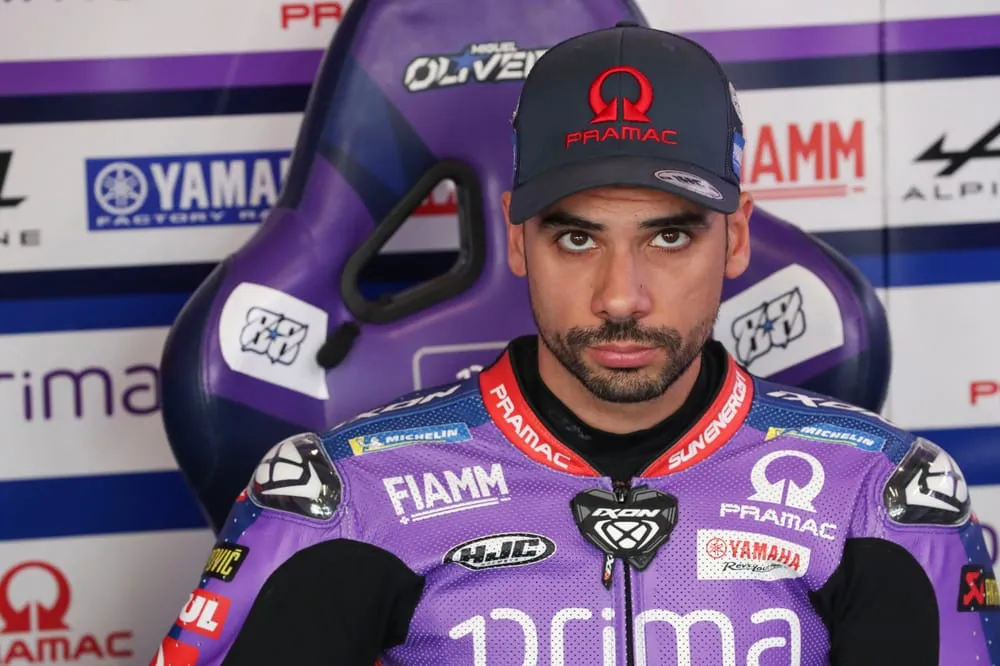
Oliveira was a key part of this plan. Signed to Pramac Yamaha, he was chosen for his intelligence, feedback, and ability to adapt. Yamaha saw him as more than just a racer; he was a test rider within the team, someone who could help engineers mold the brand-new YZR-M1 V4 into a race-winning machine. Alongside him, Jack Miller provided experience and grit, while Fabio Quartararo remained the factory star tasked with carrying the brand’s global image.
The Challenges of 2025
But reality rarely matches the optimism of preseason. For Oliveira, 2025 quickly turned into one of the most difficult campaigns of his career. Early injuries robbed him of valuable track time, disrupting his rhythm just when Yamaha needed consistency. Recovering from setbacks meant he was often playing catch-up in terms of speed and adaptation to the new bike.
Meanwhile, Quartararo — despite his own frustrations with Yamaha’s form — was extracting more performance from the V4, keeping himself in the fight for top-10s and occasionally flashing the brilliance that made him a world champion. Miller, though not spectacular, delivered solid results and kept Yamaha’s satellite project visible in the points. That left Oliveira in the unenviable position of lagging behind, even if his contribution behind the scenes was substantial.
MotoGP is unforgiving. Development riders are rarely celebrated, and engineers’ praise does not erase the pressure of finishing outside the points on Sunday. In that environment, Oliveira’s quiet, humble approach left him vulnerable to being judged solely by his results sheet.
Yamaha’s 2026 Call
By September, the speculation about Yamaha’s future line-up came to an end. The manufacturer announced that Jack Miller would continue with Pramac Yamaha into 2026, and in a blockbuster move, Toprak Razgatlıoğlu would step up from WorldSBK to make his long-awaited MotoGP return with the same squad. That combination left no room for Oliveira.
It was the confirmation of what many insiders had already guessed. Yamaha valued Oliveira’s role in the V4 project, but when it came to racing seats, they wanted riders who could bring both development and instant excitement. Toprak’s charisma and proven ability to deliver breathtaking performances, combined with Miller’s consistency, offered Yamaha the balance they sought. Oliveira, despite his contribution, was the odd man out.
Why Oliveira Saw Himself as the “Weakest Link”
Oliveira’s own words about being the “weakest link” now resonate even louder. Several factors contributed to this self-perception:
-
Results Did Not Match Input: While Oliveira’s technical feedback was valued internally, his race results did not show the same level of progress. Fans and media judge riders on podiums and points, not engineering reports.
-
Direct Comparisons: With Quartararo adapting faster and Miller holding steady, Oliveira was the one who looked expendable on paper.
-
Age and Timing: At 30 years old, Oliveira faces the rising tide of young stars like Pedro Acosta, Fermin Aldeguer, and Tony Arbolino. Yamaha chose to invest in the future rather than bet on a veteran still searching for consistency.
-
Public Image: Quartararo is the star, Miller the workhorse, and Toprak the showman. Oliveira, more understated, could not compete in terms of marketing value either.
In that context, it’s easy to see why he felt sidelined. He was working tirelessly, but from the outside, it looked as though he was failing to deliver.
The Mental Toll of MotoGP
Admitting to feeling like the weakest link shows Oliveira’s vulnerability but also his honesty. MotoGP is not just a physical sport; it is mentally punishing. Riders carry the weight of expectations from teams, sponsors, fans, and themselves. Oliveira knows what it feels like to win — he gave KTM their first home victory at Spielberg and triumphed in Portimão in front of his home crowd. To go from those highs to struggling at the back of the points table is a brutal contrast.
This psychological strain is magnified when a rider sees his teammates or rivals pulling ahead. Every press conference, every headline comparing him unfavorably to Quartararo or Miller, chips away at confidence. In the end, Oliveira’s remark about being the weakest link was less a confession of failure and more a window into the crushing pressures of elite racing.
What’s Next for Oliveira?
The question now is where Oliveira goes from here. With Yamaha’s 2026 seats locked, his options are limited. Independent teams may look to his experience and adaptability, but full factory rides are scarce. A return to KTM’s wider structure is one possibility, though their current roster is crowded with talent. WorldSBK could also be an option if MotoGP doors close, but Oliveira has always insisted that his dream is to fight at the very top level.
Whatever happens, his intelligence and professionalism will keep him relevant. Even if his race results falter, teams know he brings value in development. The challenge is to translate that behind-the-scenes contribution into something that secures his future in the fiercely competitive MotoGP paddock.
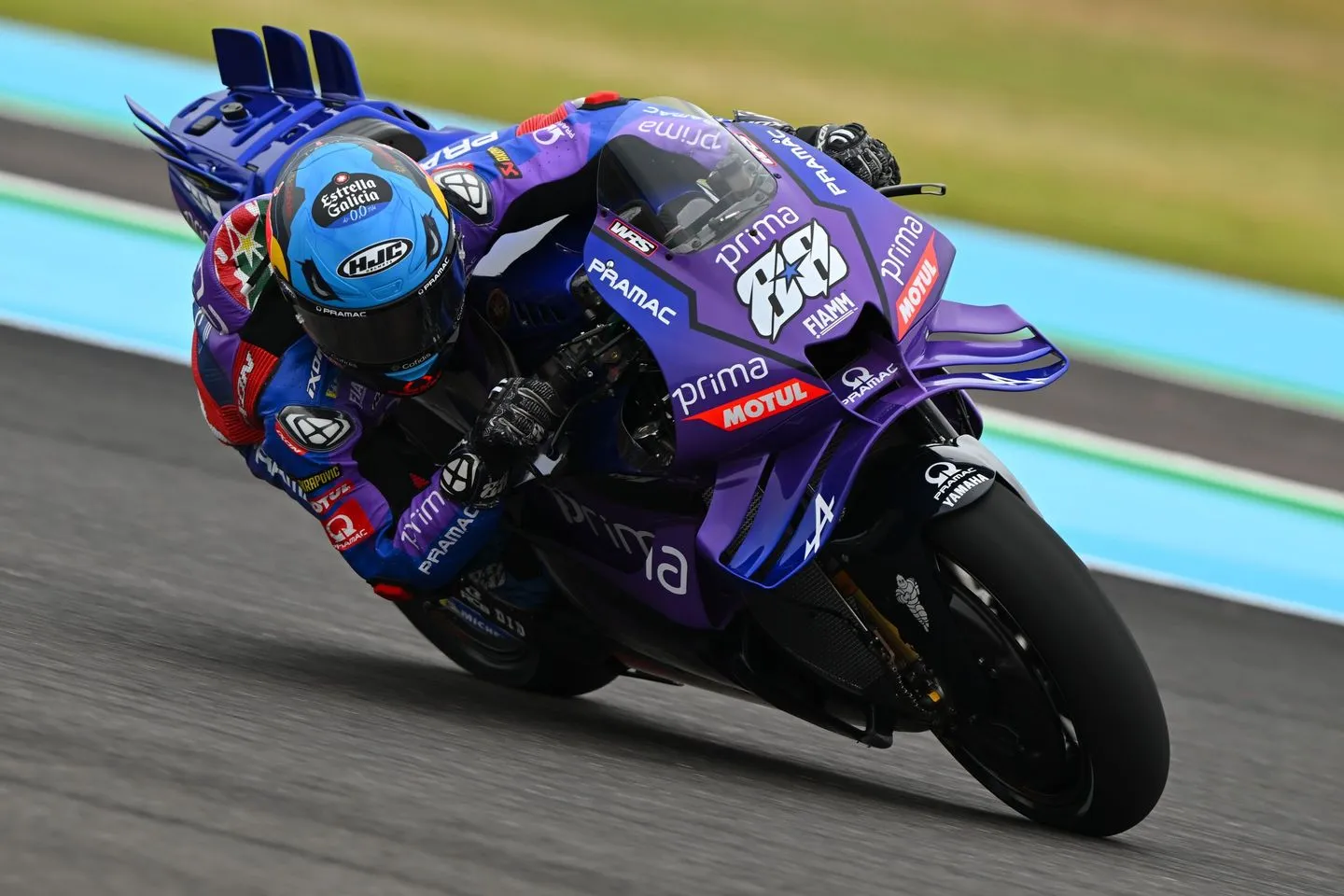
A Victim of Circumstance, Not Talent
Calling Oliveira the “weakest link” overlooks his true role. He has been more of a victim of circumstance — joining Yamaha at a time when the manufacturer was in transition, carrying the burden of development while still expected to score results, and dealing with injuries that robbed him of momentum. Yamaha’s choice was not a condemnation of his ability but a pragmatic decision to inject excitement and future potential into their line-up.
Conclusion
Miguel Oliveira’s 2025 season will not be remembered for victories or podiums but for the feeling of being left behind in Yamaha’s great gamble. His admission of being the “weakest link” was both an honest reflection of his struggles and a harsh reminder of MotoGP’s ruthless reality. Yamaha’s decision for 2026 shows how unforgiving the sport can be: talent and effort matter, but in the end, results and star power dictate who stays and who goes.
For Oliveira, the road ahead is uncertain, but one thing is clear: his intelligence, humility, and resilience ensure that his story is far from finished. Whether in MotoGP or elsewhere, the rider who once inspired a nation still has much to offer.
